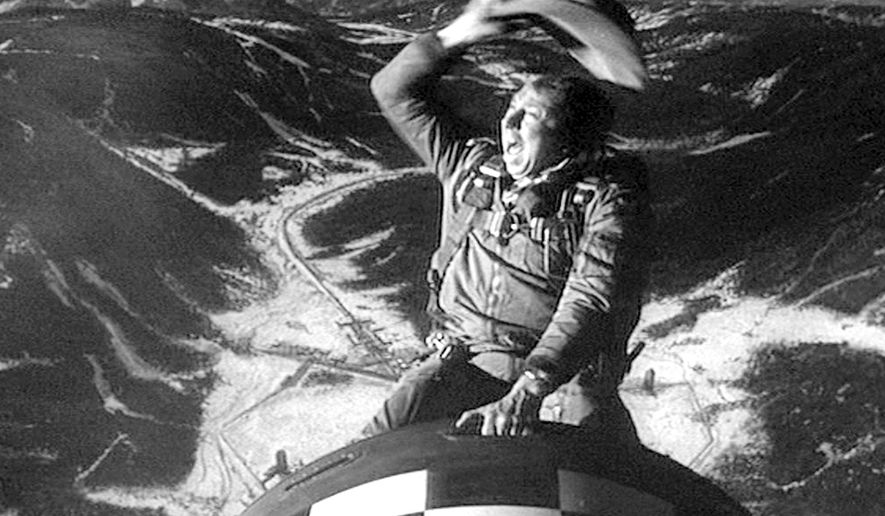Europe’s first major land war since 1945 is reviving a faded cultural awareness – once pervasive during the Cold War – of the potential for nuclear annihilation. As remote as it may seem, Russia’s invasion of Ukraine has raised the possibility of a nuclear exchange.
Such fears may sound overwrought but cannot be entirely discounted. The war is escalating as Russia mounts a massive operation in the eastern Donbas region. The U.S. is sending more and heavier weapons to the Ukrainian defenders, provoking new warnings from Moscow. U.S arms shipments to Ukraine are now approaching $3.5 billion.
When the cycle of escalation might end is impossible to say more than 60 days into Russia’s brutal invasion, and that is why proliferation experts say it is not crazy to fear the worst. Russian military doctrine allows for first use of tactical nuclear weapons under certain circumstances.
“You would be foolish not to be concerned about a nuclear war here. Although the chances of nuclear use are low, they are not zero. And that should terrify us. And I would say we are closer to nuclear use now than at any time since the early 1980s,” said Joe Cirincione of the Quincy Institute for Responsible Statecraft in this episode of History As It Happens.
Mr. Cirincione has spent four decades working on nuclear disarmament in government roles as well as in public activism. In his view, the largely peaceful ending of the Cold War misled the public into believing the nuclear threat had passed for good. On the contrary, proliferation is ramping up and historic arms control agreements have been abrogated or have simply expired.
“We are very close to having U.S. and Russian forces come into direct combat, and that is a scenario we have avoided since the start of the nuclear age,” said Mr. Cirincione, who criticized calls by some foreign policy hawks to directly confront Russia by imposing a no-fly zone over Ukraine or even by bombing Russian armored columns.
But fear of nuclear escalation is not palpable the way it was during the Cold War, when movies such as “Dr. Strangelove” and “The Day After” addressed the absurdities and the horrors of “mutually assured destruction.” Also, the anti-nuclear movement is fairly dormant a couple generations after it was capable of drawing worldwide attention to its cause.
Listen to Mr. Cirincione discuss nuclear war in pop culture, politics and international relations by downloading this episode of History As It Happens.




